Copperhead snakes are known for having a varied diet. Ambushing hunting techniques allow these snakes to eat both vertebrates and invertebrates.
But Copperhead snakes are also seen as prey for a wide range of animals. This includes other snakes that don’t pass the opportunity of eating Copperheads.
Table of Contents
What Eats Copperhead Snakes
Natural predators for Copperhead snakes vary depending on habitat. These snakes eat different animals depending on where they live. They’re also eaten by the following predators depending on their habitat.
1. Owls
Owls and hawks are the true enemies of the Copperhead snake. Not owls eat Copperheads and not all Copperheads are targets for owls.
Only small Copperheads are considered by owls who need to overpower the snakes. Young Copperhead snakes are the main target of owls.
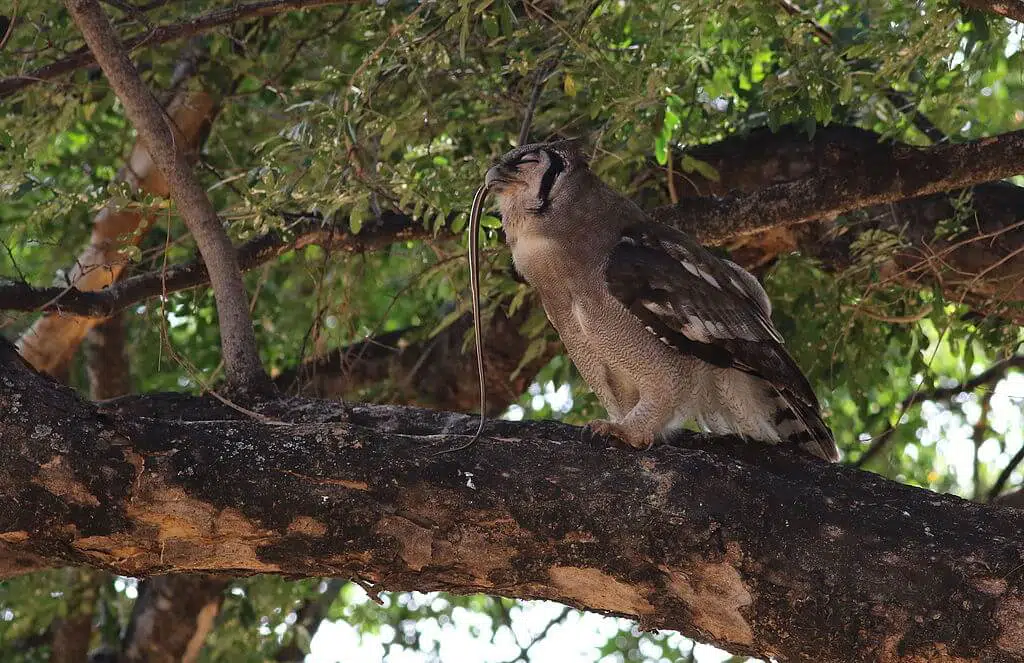
Great Horned Owls and Eastern Screech Owls are the main types of owls that eat Copperhead snakes. Since the Great Horned Owls are found in almost any US habitat, it’s the species with the highest chances of hunting Copperhead snakes.
2. Hawk
Red-tailed hawks always eat Copperhead snakes. These hawks also eat other types of snakes as they are some of the best flying predators. Hawks have the advantage when it comes to speed and vision as they can spot a Copperhead snake from high up in the sky.
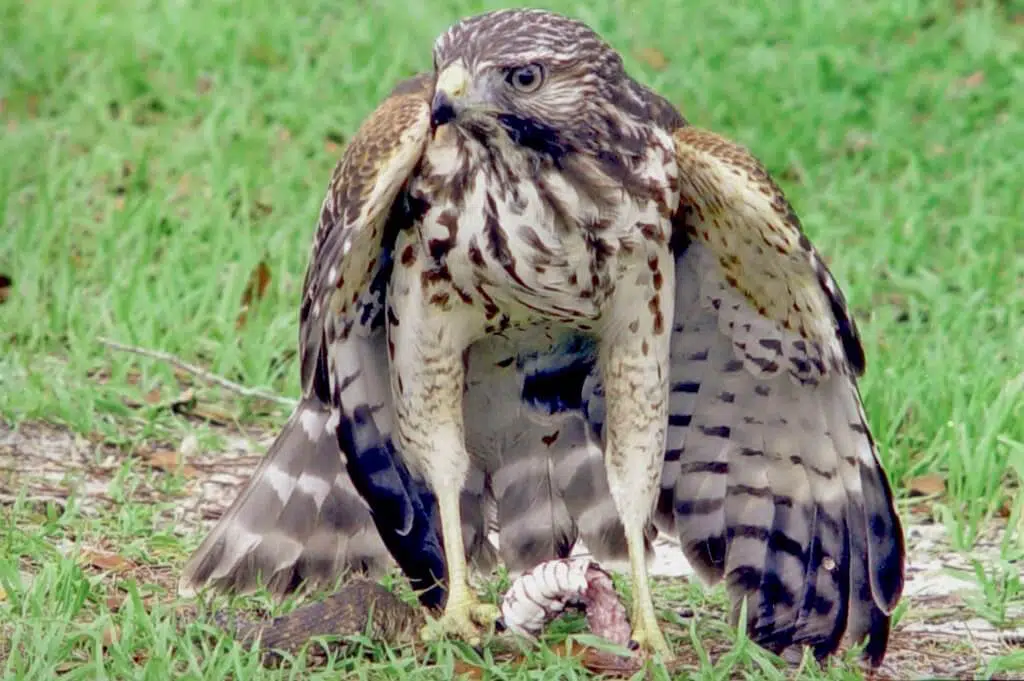
3. Opossums
Opossums are some of the most successful Copperhead predators. Sometimes used in snake control, opossums benefit from natural immunity against Copperhead and other snakes’ venomous bites.
The risk of injury is high for many predators going after venomous snakes. Opossums typically escape without injuries or with minimum injuries when attacking and killing Copperheads.
4. Raccoons
Raccoons are natural Copperhead snake predators. Unlike Opossums, raccoons are particularly good at choosing which snakes they decide to eat as they don’t want to risk injuries. Young Copperhead snakes are highly likely to be seen as prey by raccoons.
5. King snakes
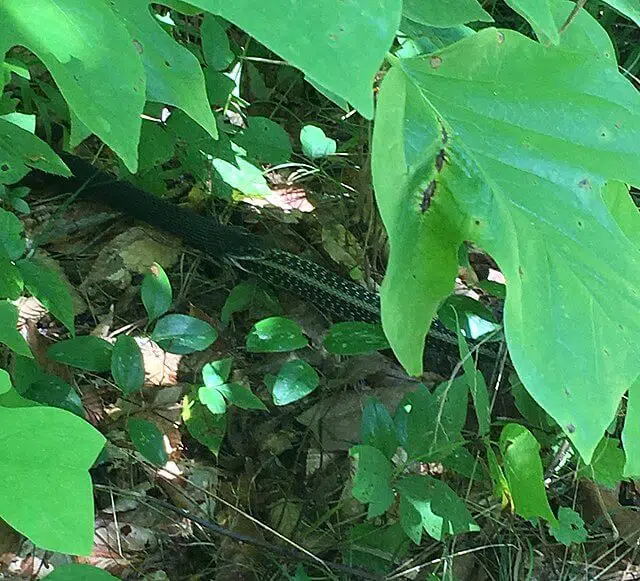
King snakes frequently eat Copperhead snakes. These are known to share the same habitat. However, large King snakes are likely to eat small Copperheads. It’s estimated the King snake will eat around 40 species of snake and Copperheads are no exception.
6. Indigo Snakes
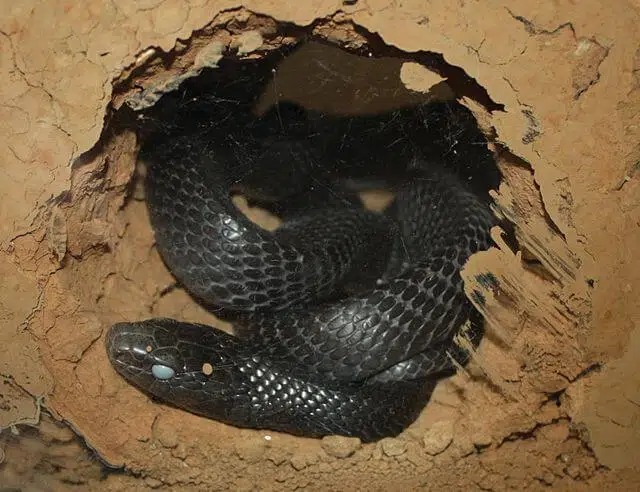
Indigo snakes are the largest in the US. Together with King snakes, they are responsible for eating Copperhead snakes. This phenomenon is so widespread that the Indigo snake is seen as a threat to Copperhead population numbers.
The extra size and strength of the Indigo snake make it one of the most feared ground-level predators Copperheads need to stay away from.
7. Black Racers
Black racers mostly eat rodents and lizards. They live in forests and marshes which means they often encounter Copperheads as well.
Black racers also eat Copperheads, particularly in times with low food availability. Black racers have been reported to hibernate in the same places as Copperheads and this can be a time when Copperheads need to face one of their feared predators.
8. Cottonmouths
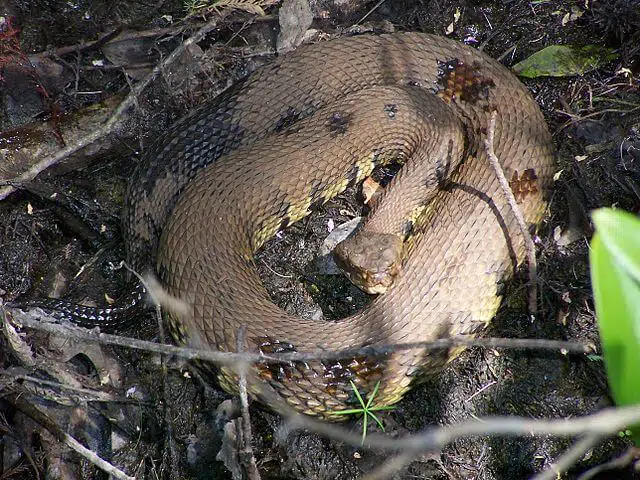
Cottonmouth snakes are highly venomous. They intelligently use their venom to paralyze and kill almost any type of animal that crosses their path.
Cottonmouths are also known for eating just about any animal in their habitat. This is why Cottonmouths also often eat copperheads.
9. Bullfrogs
Large bullfrogs are very good hunters. They come out at night looking for food. These frogs will rarely attack a large Copperhead snake but they won’t hesitate to kill a smaller copperhead snake.
10. Alligators
Alligators have been thoroughly studied for natural prey and predators.
They have a special serum in their blood that helps them escape the venom of snakes, particularly the venom of the Eastern Copperhead. This is why alligators don’t fear this snake and they often eat it. Alligators escape without injuries even if bitten by the snake.
11. Crows
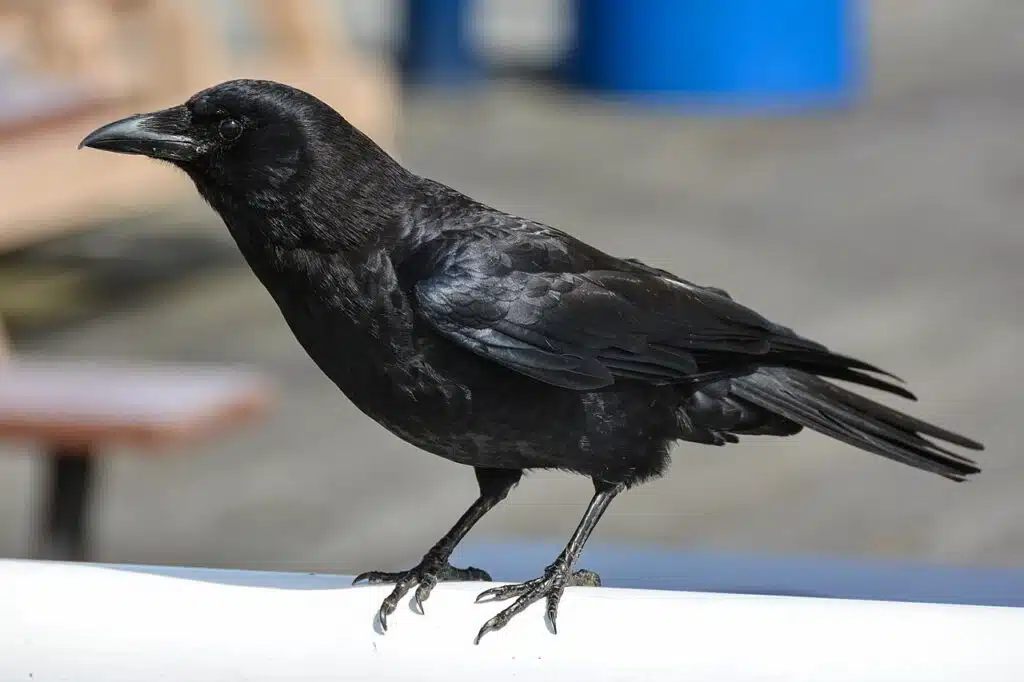
Crows are some of the unlikeliest hunters of snakes. Unlike other flying predators, crows will attack and kill large Copperhead snakes given the chance.
Crows use multiple attacks and continuous pecking until the snake is too tired to try and fight back. At this moment, the crows can easily kill the snake. Multiple crows working together typically kill a snake such as a Copperhead quicker.
12. Coyotes
Coyotes always tend to be hungry. They are opportunistic creatures that don’t back down from a potential meal. Coyotes attack Copperheads either alone or in packs.
13. Feral Cats
Stray cats are more aggressive and ready to kill a wide range of animals and rodents. These cats have been shown to kill Copperhead snakes as well.
These cats aren’t immune to venomous snake bites. However, they are generally very agile and know how to protect themselves from snake bites.
How Do Copperheads Defend Themselves?
Copperhead snakes always defend themselves in front of danger. For example, they often hibernate in groups. Copperhead snakes even hibernate with other snake species which diminishes risks in case of an attack.
Bites
Biting is the first line of defense for Copperhead snakes. These snakes always strike at the enemy regardless of the season or occasion. They give off no warning signs before attacking either.
While other snakes mimic an attack or they prefer to run away, Copperheads are typically going for the enemy at the first chance.
Heat detection
Copperhead snakes can detect heat with indentations on their heads. These indentations allow them to sense heat such as body heat from other animals and humans. This can also help the snakes understand the dangers around them and the potential predators in the area.
Summary
Copperhead snakes are some of the most hunted dangerous snakes. They might have a varied diet but they are also hunted frequently by owls, hawks, and other snakes such as King snakes and Indigo snakes.
Copperheads will defend themselves as much as they can in the face of danger. They typically strike back multiple times, depending on the enemy.
Some Copperhead snakes are more exposed to attacks, however. Young Copperheads are frequently targeted due to their reduced size and their limited physical capacity to fight back.
Further Reading: